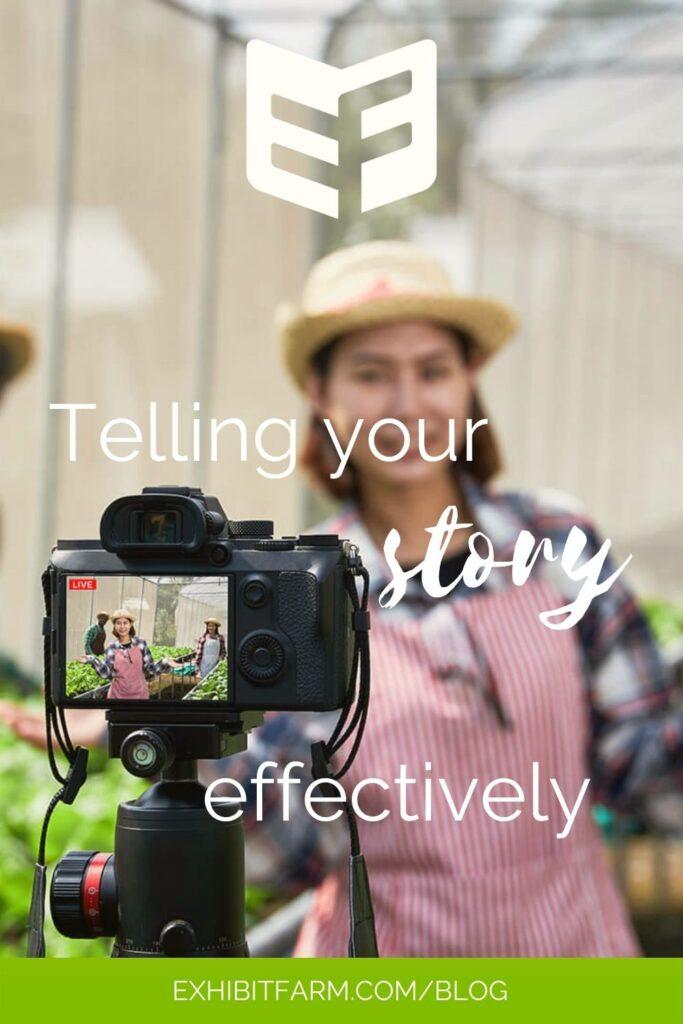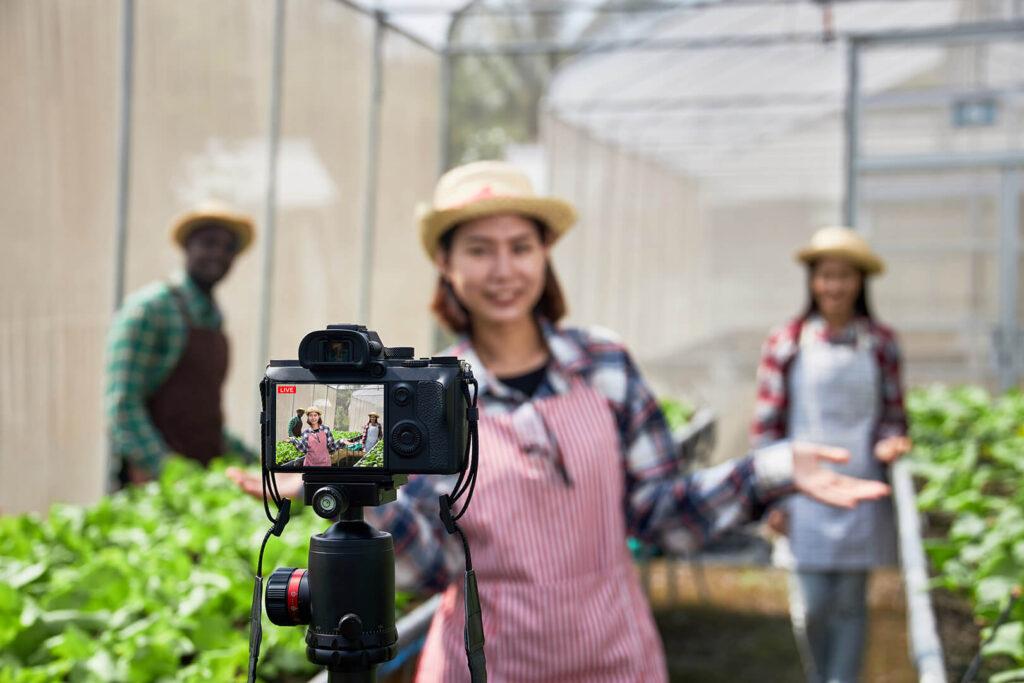
We often hear that farmers need to “tell their story” to persuade consumers to trust modern agriculture. But what does that look like in practice? How exactly should you tell your story? And what kind of stories should you be telling?
To tell your farming story as effectively as possible, tell it in a way that consumers can connect with. That means telling it so that — oddly enough — the story is more about consumers than about you.
Addressing What Consumers Want
What do you mean, more about consumers than you? We mean that you can’t talk only about what your farming journey means to you (although there’s a place for that). The stories you tell also need to resonate with what your consumer audience wants for themselves.
Charlotte Smith, a dairy farmer and marketer, makes this point well. She explains, “Most customers and prospective customers want to know how your product can make them feel better, or build muscle, or save time, maybe de-stress their life, prevent or improve health issues. That’s what they’re staying up late worrying about.”
Smith writes mostly for farmers launching D2C outlets, so her advice focuses on how telling your farm’s story can boost your product sales. But her advice applies to ag education or agvocacy, too. Consumers search for information about farming for a reason. So, start by thinking about what your audience might be staying up and worrying about. What are consumers looking for when they try to find facts about food or farming?
- Peace of mind
- Reassurance that a food is safe to feed their kids
- A clean conscience about the environmental and animal welfare issues surrounding food
Can you relate to any of those desires? We bet you can. More importantly, do any farming practices relate to them? Of course they do! So now, take a look at your materials — your lesson plans, your school programs, your blog posts. Make sure they clearly explain how modern agriculture fits with your audience’s concerns and priorities.
Tell Your Farming Story with a Purpose

What does this method of telling your story look like in practice? Let’s take an example from the beef industry. Lots of ranchers like to post or blog about moving cattle to new pastures. It’s a routine chore on a beef ranch, and a chance to get fun photos of cows and calves romping and kicking up their heels.
If you’re trying to tell your farming story most effectively, you won’t just describe the process of handling cattle or how you dealt with ornery cow #8857. Those details do help consumers understand your work better, and that’s important for ag literacy. But you should also talk about bigger-picture questions that your audience is probably searching for answers to. Some of those issues (related to moving cattle) could be:
- Animal welfare — point out that moving the cattle equals giving them access to the best food
- Environmental issues — explain how rotations prevent overgrazing, or how cow manure can benefit the soil’s health
- Animal welfare again — talk about how your handling techniques minimize stress for the cows
Have a clear purpose for why you’re telling consumers this aspect of your story. Increasing overall understanding of farm life is a good purpose, but see if you can double up. If you can increase people’s understanding and help consumers who are concerned with a specific issue (like the environment), that’s twice as good!
Helping Consumers Identify with Your Farming Story
Lastly, if you can, tell your farming story in a way that lets consumers see themselves in your story. There’s a reason ag bloggers are often former consumers who only started farming as adults. Those people are uniquely suited to bridge the gap between farmers and consumers, because they’ve been on both sides.
When those agvocates tell consumers about how they’ve come to understand farming better, their story resonates because consumers can identify with not understanding modern agriculture. And if consumers are reading a farmer’s blog, they probably want to learn more about modern ag. That makes the blogger’s journey to better understanding an example consumers want to follow.
Ultimately, the goal of telling your farming story isn’t just to tell it. The goal is using your story to forge a connection with consumers — inspiring them to trust you and what you say about farming.
